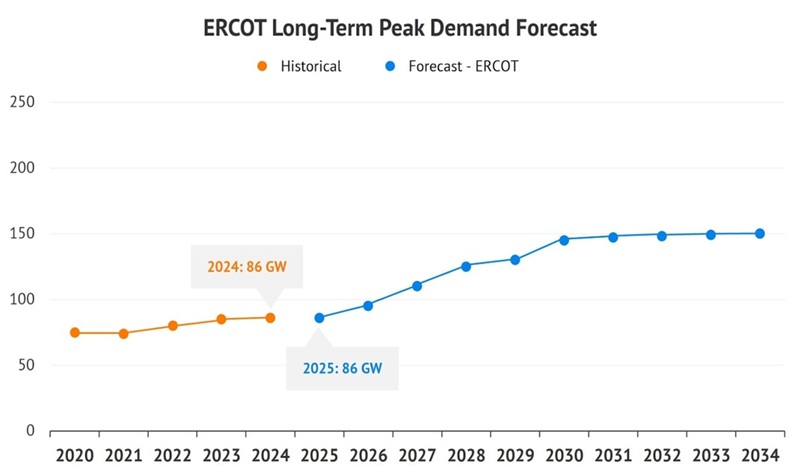Coffee Prices Rise Amid Concerns Over Weather and Production
Prices for December arabica coffee (KCZ24) increased by +3.05 (+1.20%), while January ICE robusta coffee (RMF25) rose by +105 (+2.40%) today.
Weather Woes in Brazil Impact Coffee Yields
Today’s rise in arabica coffee prices is linked to predictions of continuing hot and dry weather in Minas Gerais, the leading arabica coffee-producing region in Brazil. This trend raises concerns over potential reductions in coffee yields and overall production. Meanwhile, robusta coffee draws support from Vietnam’s General Department of Customs, which reported an 11.6% decline in October coffee exports, falling to 45,412 metric tons. Additionally, exports from January to October dropped 11.1% year-on-year, totaling 1.15 million metric tons.
Forecasts Predict Continuing Drought
Meteorologist Climatempo has updated forecasts for Minas Gerais, indicating that the area will experience hotter and drier conditions over the upcoming 10 days after a brief mid-week rain. This lack of rain has already affected coffee trees during the crucial flowering stage, diminishing prospects for Brazil’s 2025/26 arabica coffee crop. The country is facing its driest weather since 1981, according to the natural disaster monitoring center Cemaden.
Potential Harvest Delays in Vietnam
Concerns surrounding heavy rain in Vietnam have also emerged, which could lead to flooding in coffee fields and delay the ongoing coffee harvest. As the world’s largest robusta producer, Vietnam is currently navigating this critical period in its coffee cycle.
Reducing Production Affects Prices
Robusta coffee prices are facing pressure from decreased production. On March 26, Vietnam’s agriculture department noted a 20% drop in coffee production for the 2023/24 crop year, down to 1.472 million metric tons, marking the lowest yield in four years due to drought. The USDA FAS indicated a slight decline in Vietnam’s robusta coffee output for the upcoming marketing year, projecting it to fall to 27.9 million bags from 28 million in the previous season.
Brazilian Coffee Production Forecast Revised Downward
In another bearish signal for prices, Brazil’s crop forecasting agency Conab reduced its 2024 production estimate to 54.8 million bags, down from an earlier forecast of 58.8 million bags.
Global Supply Increases Create Pressure
Despite local declines in production, the International Coffee Organization (ICO) reported a 25% increase in global coffee exports for September, totaling 10.76 million bags, with October-September exports rising 11.7% year-on-year to 137.27 million bags, adding downward pressure on prices.
Recent Rainfall Impacts Conditions
Recent rains in Brazil’s key coffee-growing area, Minas Gerais, have been reported to be 123.9 mm, or 349% above the historical average. This rainfall could potentially affect coffee pricing trends moving forward.
Inventories Offer Support Amid Price Fluctuations
Tight coffee inventories continue to bolster prices. Earlier this year, ICE-monitored arabica coffee inventories rebounded from a 24-year low of 224,066 bags in November 2023 to reach a 1.5-year high of 863,440 bags last Tuesday. However, robusta coffee inventories have recently seen a decline, dropping to a 6.25 month low of 3,857 lots after peaking at a 1.75-year high of 6,521 lots in July.
Shifting Brazilian Exports Show Mixed Trends
Cecafe reported that in September, Brazil’s green coffee exports increased by 34% year-on-year, reaching 4.1 million bags, while for the 2023/24 season, total exports have surged 33% year-on-year to a record 47.3 million bags.
Looking Ahead: Production Forecasts Raise Concerns
In a bearish twist, the ICO recently projected a 5.8% year-on-year increase in global coffee production for the 2023/24 year to a record 178 million bags, assuming an exceptional off-biennial crop year. Simultaneously, global consumption is also expected to rise by 2.2% to a record 177 million bags, which points to a potential surplus.
According to a USDA report released on June 20, world coffee production in 2024/25 is estimated to increase by 4.2% year-on-year to 176.235 million bags, driven primarily by recovery in both arabica and robusta production. This will likely impact market dynamics as higher production levels could lead to a larger stock surplus.
More Coffee News from Barchart
On the date of publication, Rich Asplund did not have (either directly or indirectly) positions in any of the securities mentioned in this article. All information and data in this article are solely for informational purposes. For more information, please view the Barchart Disclosure Policy here.
The views and opinions expressed herein are the views and opinions of the author and do not necessarily reflect those of Nasdaq, Inc.





